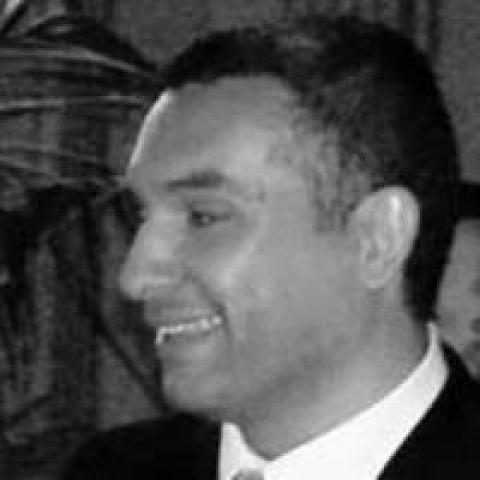Since 2003, the televised media environment in Iraq has witnessed dramatic changes. Whereas Iraqis were once forced to choose between only two local television stations — one administered by the Ministry of Information and the other run by the son of then-President Saddam Hussein — they now have dozens of satellite channels reporting on national affairs.
One of the most noteworthy phenomena in the initial months following the fall of Saddam's regime was the rush of Iraqi families to purchase satellite dishes — a trend from which even extremely impoverished Iraqis were not immune. This trend reflected a deep hunger on the part of many Iraqis to learn about the outside world from which they had been cut off by the old regime's extremely strict official censorship. Iraq undertook a rapid and astounding transition from a model of censorship resembling what George Orwell described in his novel 1984 toward what former US Secretary of Defense Donald Rumsfeld described as a state of "untidy” freedom.


